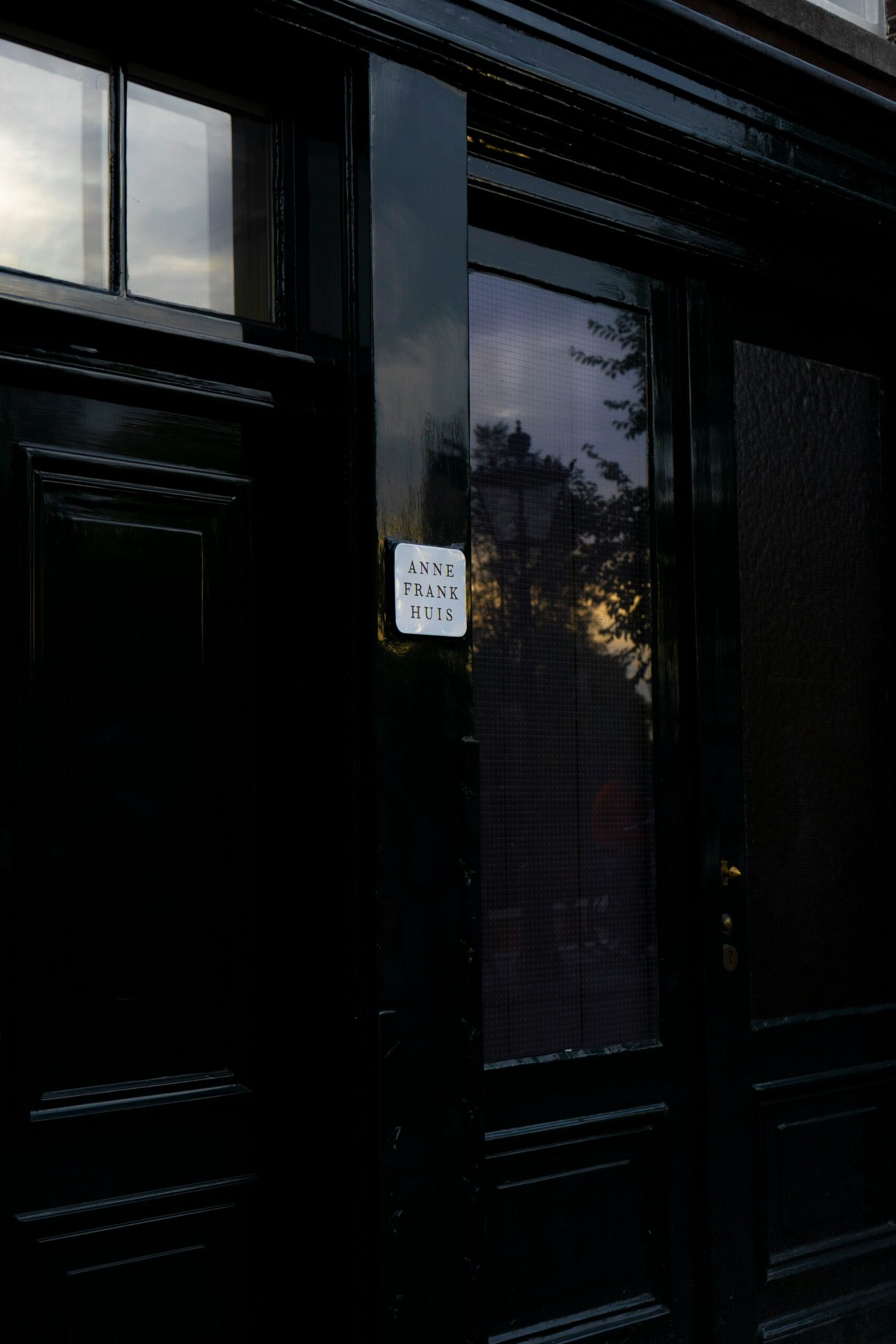The Opening of the Anne Frank House: A Monument of History
On May 3rd, 1960, a significant event took place in Amsterdam that would forever change the way the world remembers the Holocaust. The Anne Frank House, a museum dedicated to the Jewish wartime diarist Anne Frank, opened its doors to the public. This historic building served as a hiding place for Anne Frank and her family, as well as several others, during World War II.
The Anne Frank House stands as a symbol of resilience and the indomitable human spirit in the face of unimaginable adversity. Anne Frank’s diary, which was published by her father Otto Frank after her death, has become a poignant reminder of the horrors of the Holocaust and a testament to the power of hope and courage.
Anne Frank: A Voice in the Darkness
Anne Frank was born on June 12, 1929, in Frankfurt, Germany. When the Nazis rose to power, her family fled to Amsterdam, where they hoped to find safety. However, their hopes were shattered when the German forces occupied the Netherlands in 1940.
In order to escape persecution, Anne’s family went into hiding in a secret annex located behind Otto Frank’s business premises on Prinsengracht. For two years, Anne, her sister Margot, her parents, and four others lived in constant fear of discovery. It was during this time that Anne poured her thoughts, fears, and dreams into her diary, which would later become a testament to the human spirit.
A Glimpse into the Secret Annex
The Anne Frank House offers visitors a unique opportunity to step back in time and experience the cramped quarters of the secret annex. As you walk through the rooms, you can almost feel the weight of the silence that enveloped the inhabitants during those long and treacherous years.
The museum meticulously preserves the original layout of the hiding place, allowing visitors to see the small rooms where Anne and her companions lived. The walls are adorned with photographs, documents, and personal belongings, providing a glimpse into the lives of those who sought refuge within these walls.
One of the most poignant exhibits in the Anne Frank House is Anne’s actual diary. Seeing the worn pages, filled with Anne’s intimate thoughts and reflections, is a humbling experience. It serves as a reminder that behind the statistics and the historical accounts, there were real people with hopes, dreams, and aspirations.
Continuing Anne’s Legacy
The opening of the Anne Frank House in 1960 marked a turning point in the way the world remembered the Holocaust. It provided a physical space where people could come to learn, reflect, and pay tribute to the millions of lives lost during that dark chapter in history.
Today, the Anne Frank House continues to educate and move people from all corners of the globe. It serves as a reminder that we must never forget the atrocities committed during the Holocaust and that we must strive to create a world free from hatred and prejudice.
The museum also plays an active role in promoting dialogue and understanding. Through various educational programs and exhibitions, it seeks to inspire visitors to reflect on the past and take action to build a more inclusive and compassionate future.
Visiting the Anne Frank House is not only a historical experience but also a deeply emotional one. It is a reminder of the power of the human spirit and the importance of standing up against injustice.
As we commemorate the opening of the Anne Frank House on May 3rd, 1960, let us remember the words of Anne herself: “In spite of everything, I still believe that people are really good at heart.”
For more information about the Anne Frank House and to plan your visit, please visit their official website: Anne Frank House.

